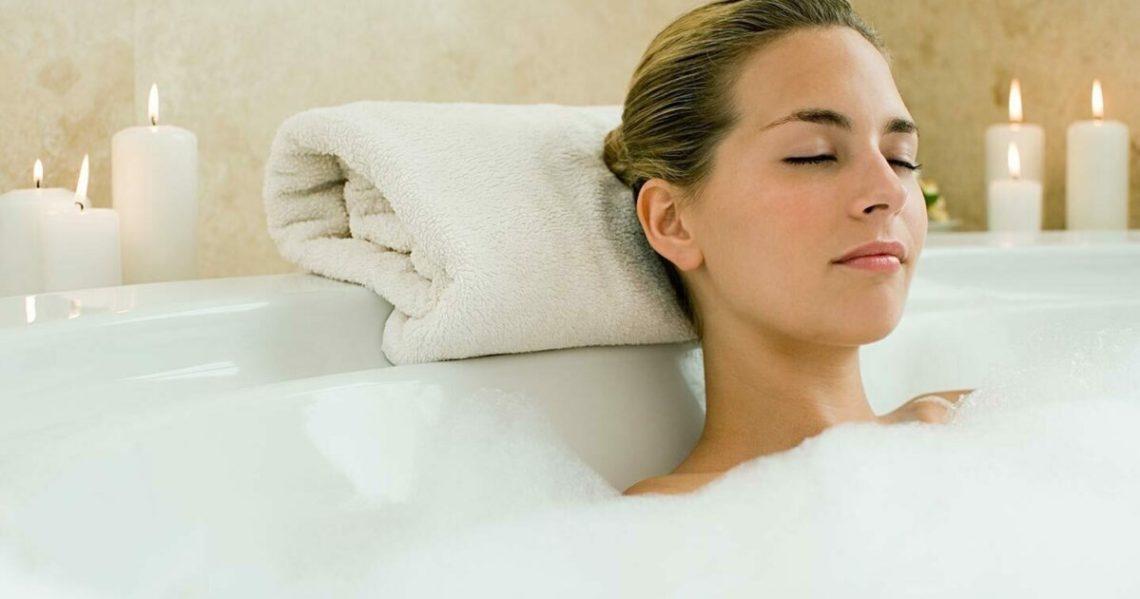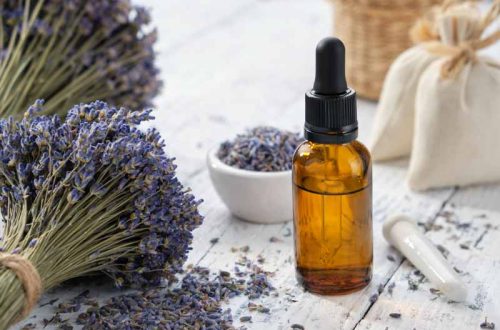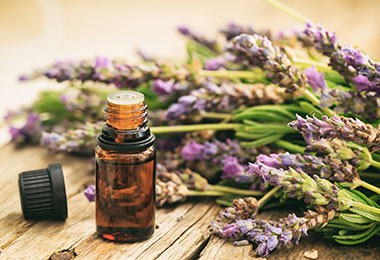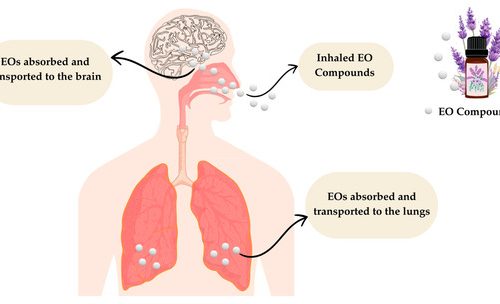Transforming an ordinary bath into a luxurious aromatherapy experience represents one of the most indulgent yet accessible forms of self-care available. The combination of warm water, which opens pores and enhances circulation, with carefully selected essential oils creates a therapeutic environment that nourishes both body and mind. Unlike other application methods, bath time allows for full-body exposure to aromatic compounds while providing the added benefits of hydrotherapy, making it an ideal approach for relaxation, muscle relief, and overall wellness.
The art of aromatherapy bathing lies in understanding how to properly prepare and apply essential oils to maximize their benefits while ensuring safety and comfort. With the right techniques, a simple bathtub becomes a personal spa where stress melts away, muscles release tension, and the mind finds peace. This ritual of intentional soaking creates a sacred space for restoration that can be customized to address specific needs or simply provide a luxurious end to a challenging day.
Introduction to Aromatherapy Baths
Understanding the unique benefits of combining water and essential oils:
Therapeutic Advantages
- Enhanced Absorption: Warm water opens pores and increases skin permeability for better oil absorption
- Full-Body Exposure: Unlike localized applications, baths provide comprehensive aromatic contact
- Hydrotherapy Benefits: Warm water supports circulation, muscle relaxation, and joint comfort
- Extended Exposure: 15-30 minute sessions allow for prolonged therapeutic contact
- Sensory Immersion: Complete engagement of touch, warmth, and aroma enhances relaxation
Physical and Emotional Benefits
- Muscle Relaxation: Warm water combined with appropriate oils can ease tension and soreness
- Stress Reduction: The ritual and aromatic compounds activate the parasympathetic nervous system
- Skin Nourishment: Many oils provide moisturizing and regenerative properties for the skin
- Sleep Preparation: Evening baths can signal the body to prepare for restful sleep
- Detoxification Support: Sweating during warm baths may assist natural detoxification processes
The Most Important Safety Tip
Understanding essential guidelines for safe essential oil use in bath water:
Why Dispersants Are Essential
- Oil-Water Separation: Essential oils and water don’t naturally mix, leading to concentrated oil pockets
- Skin Protection: Undiluted oils in water can cause severe irritation or chemical burns
- Even Distribution: Dispersants help oils spread throughout the bath for consistent exposure
- Enhanced Absorption: Properly dispersed oils are more readily absorbed by the skin
Safe Dispersant Options
- Epsom Salts: Natural magnesium compound that helps oils disperse while providing muscle relaxation
- Carrier Oils: Jojoba, sweet almond, or coconut oil that mix with essential oils before water contact
- Milk or Cream: Natural emulsifiers that help blend oils into bathwater
- Solubilizers: Specialized products designed to mix oils and water effectively
Relaxing Bath Soak Recipe
A calming blend perfect for stress relief and sleep preparation:
Lavender & Epsom Salt Soak
- 2 cups Epsom salts
- 10 drops lavender essential oil
- 5 drops bergamot essential oil
- 2 drops chamomile essential oil
- Mix Dry Ingredients: In a bowl, combine Epsom salts and any additional dried herbs if desired
- Add Essential Oils: Drop essential oils evenly over the salts and mix thoroughly
- Store Properly: Transfer to an airtight container away from heat and light
- Before Bathing: Add 1/2 to 1 cup of the mixture to running bath water
- Soak Duration: Immerse for 20-30 minutes in comfortably warm (not hot) water
- Post-Bath: Pat skin dry and apply moisturizer to lock in hydration
Usage Guidelines
- Make larger batches and store in cool, dry conditions for up to 6 months
- Adjust oil quantities based on personal preference and bath size
- Always test water temperature before entering to prevent burns
- Use this blend 2-3 times weekly for ongoing relaxation benefits
Uplifting Bath Soak Recipe
An energizing blend to invigorate the senses and boost mood:
Citrus & Mint Revitalizing Soak
- 1 cup coconut milk powder (or whole milk)
- 1/2 cup baking soda
- 8 drops sweet orange essential oil
- 6 drops grapefruit essential oil
- 4 drops peppermint essential oil
- Combine Dry Ingredients: Mix coconut milk powder and baking soda in a bowl
- Incorporate Oils: Add essential oils and stir until evenly distributed
- Store Blend: Keep in an airtight container in a cool, dry place
- Prepare Bath: Add 1/2 cup to warm (not hot) running bath water
- Mix Thoroughly: Swirl water to ensure even distribution of ingredients
- Enjoy Soak: Immerse for 15-20 minutes while breathing deeply
Creating the Perfect Bath Environment
Setting the stage for maximum therapeutic benefit:
Physical Preparation
- Water Temperature: Maintain comfortably warm water (98-102°F) to avoid overheating
- Bath Duration: Limit soaking to 20-30 minutes to prevent overhydration of skin
- Slip Prevention: Use non-slip mats and keep oils away from surfaces to prevent accidents
- Ventilation: Ensure adequate air circulation to prevent overwhelming aromatics
Ambiance Elements
- Lighting: Use candles or dim lighting for a relaxing atmosphere
- Music: Soft instrumental music or nature sounds enhance the experience
- Comfort Items: Keep towels, bath pillow, and water nearby for convenience
- Distraction-Free: Turn off phones and other electronic devices
Special Considerations and Modifications
Adapting baths for specific needs and circumstances:
Sensitive Skin Adaptations
- Gentle Oils: Choose mild oils like lavender and chamomile for sensitive skin
- Reduced Concentration: Use half the recommended amount of essential oils
- Carrier Oil Addition: Increase carrier oil content to create a more emollient bath
- Shorter Soaks: Limit time in bath to prevent over-exposure
Pregnancy Precautions
- Avoid Certain Oils: Steer clear of clary sage, rosemary, and strong stimulating oils
- Temperature Control: Keep water temperature below 100°F to prevent overheating
- Support Needs: Ensure easy entry and exit with grab bars or seating
- Consultation: Discuss bath ingredients with healthcare provider
Troubleshooting Common Issues
Addressing problems that may arise during bath preparation or use:
Water and Oil Separation
- Insufficient Dispersant: Add more Epsom salts or carrier oil to the mixture
- Poor Mixing: Swirl bath water vigorously after adding ingredients
- Oily Residue: Rinse bathtub immediately after use to prevent slipping
- Weak Aroma: Increase essential oil concentration within safe limits
Skin Reactions
- Irritation: Reduce oil concentration or switch to gentler oil combinations
- Dryness: Add more moisturizing carrier oils or reduce soak time
- Allergic Responses: Discontinue use and consult healthcare provider
- Sensitization: Rotate oil blends and reduce frequency of use
Advanced Bath Formulations
Enhancing therapeutic benefits with specialized ingredients:
Muscle Relief Bath Salts
- 2 cups Epsom salts
- 1 cup sea salt
- 1/2 cup baking soda
- 10 drops eucalyptus essential oil
- 8 drops peppermint essential oil
- 5 drops wintergreen essential oil
This warming blend combines the muscle-relaxing properties of Epsom salts with circulation-boosting essential oils for targeted soreness relief.
Detoxifying Clay Bath
- 1/2 cup bentonite clay
- 1/4 cup apple cider vinegar
- 10 drops tea tree essential oil
- 8 drops lemon essential oil
- 5 drops rosemary essential oil
A purifying combination that may assist the body’s natural detoxification processes while providing antimicrobial benefits.
Seasonal and Specialized Applications
Adapting bath experiences for specific times and needs:
Seasonal Variations
- Spring Renewal: Light, fresh blends with citrus and floral oils to welcome new growth
- Summer Cooling: Mint and cucumber combinations for refreshing, cooling effects
- Fall Warmth: Spicy oils like cinnamon and clove for cozy, comforting baths
- Winter Comfort: Warming blends with pine and vanilla for grounding relaxation
Therapeutic Focus
- Immune Support: Purifying oils like eucalyptus and tea tree during cold season
- Hormone Balance: Clary sage and geranium for women’s wellness
- Digestive Comfort: Ginger and peppermint for abdominal relaxation
- Emotional Release: Frankincense and ylang ylang for deep emotional processing
Environmental and Economic Benefits
Natural bath preparations offer advantages beyond personal wellness:
Eco-Friendly Aspects
- Biodegradable Ingredients: Plant-based oils and natural salts break down safely
- Reduced Packaging: Bulk purchasing and reusable containers minimize waste
- Chemical-Free: No synthetic fragrances or preservatives to contaminate water
- Sustainable Sourcing: Many ingredients come from renewable sources
Cost Effectiveness
- Ingredient Longevity: Small amounts create numerous luxurious bathing experiences
- Multi-Purpose Use: Same oils can be used for massage, diffusing, and other applications
- Reduced Commercial Products: Less need for separate bath products and spa treatments
- Preventive Care: Regular use may support wellness and reduce healthcare costs
Educational and Social Benefits
Beyond personal care, aromatherapy baths offer broader advantages:
Learning Opportunities
- Botanical Knowledge: Develop understanding of plant properties and traditional uses
- Blending Skills: Practice creating therapeutic combinations for specific needs
- Self-Care Rituals: Establish meaningful wellness practices for ongoing health
Community Engagement
- Gift Giving: Package custom blends as thoughtful, personalized presents
- Family Wellness: Create safe, natural bathing options for all household members
- Skill Sharing: Teach friends and family about safe aromatherapy practices
Special Considerations
Adapting bath experiences for specific needs and circumstances:
Medical and Health Considerations
- Cardiovascular Conditions: Consult healthcare providers before hot baths
- Diabetes: Test water temperature carefully due to reduced sensitivity
- Skin Conditions: Adapt ingredients for eczema, psoriasis, or other dermatological issues
- Medication Interactions: Some oils may interact with prescription medications
Technical Enhancements
- Temperature Control: Use bath thermometers for precise water temperature
- Jetted Tubs: Ensure proper dispersal in whirlpool systems
- Bath Accessories: Utilize bath pillows, trays, and candles for enhanced experience
Conclusion: The Sacred Ritual of Aromatic Soaking
Aromatherapy baths represent one of the most indulgent yet accessible forms of self-care available, transforming an ordinary daily routine into a luxurious wellness experience. The combination of warm water’s therapeutic properties with carefully selected essential oils creates a synergistic environment that nourishes both body and mind in ways that few other practices can match. This ancient form of healing, modernized through our understanding of essential oil properties, offers a pathway to relaxation, rejuvenation, and deep personal connection that can be customized to address any wellness need.
The ritual of preparing and enjoying an aromatherapy bath goes beyond simple relaxation to become a form of moving meditation that honors the connection between our physical and emotional selves. As you measure ingredients, watch them dissolve in the swirling water, and settle into the warm embrace of aromatic steam, you’re participating in a practice that has supported human wellness for thousands of years. This mindful approach to self-care creates space for reflection, release, and renewal that extends far beyond the bathroom walls.
In our fast-paced, technology-driven world, the simple act of unplugging and sinking into a fragrant bath becomes a radical act of self-love and presence. The enforced slowing down, the sensory immersion, and the intentional creation of a nurturing environment provide a counterbalance to the constant stimulation and stress of modern life. Regular aromatherapy bathing can become a cornerstone practice for maintaining emotional balance, physical comfort, and spiritual connection.
Most importantly, the practice of creating personalized aromatic baths empowers individuals to take an active role in their own wellness journey. With knowledge of safe practices, an understanding of oil properties, and the creativity to develop signature blends, anyone can transform their bathroom into a personal spa that addresses their unique needs and preferences. This self-sufficiency in wellness care represents not just a practical skill but a profound form of self-respect and care that can transform relationships with both self and the natural world.
As you continue to explore the possibilities of aromatherapy bathing, remember that the most important ingredient is not the essential oils themselves, but the intention and attention you bring to the experience. Whether your soak lasts ten minutes or an hour, whether you use elaborate blends or simple salts, the act of consciously creating space for restorative self-care is itself a gift that ripples outward into all aspects of your life.





